Apply to a foreign university with confidence
- Properly fulfilled documents
- Perfect motivation letter
- Support from a personal mentor
- Offers from several universities
All you need to know about UK universities: infrastructure, enrollment process, requirements and more
Free consultation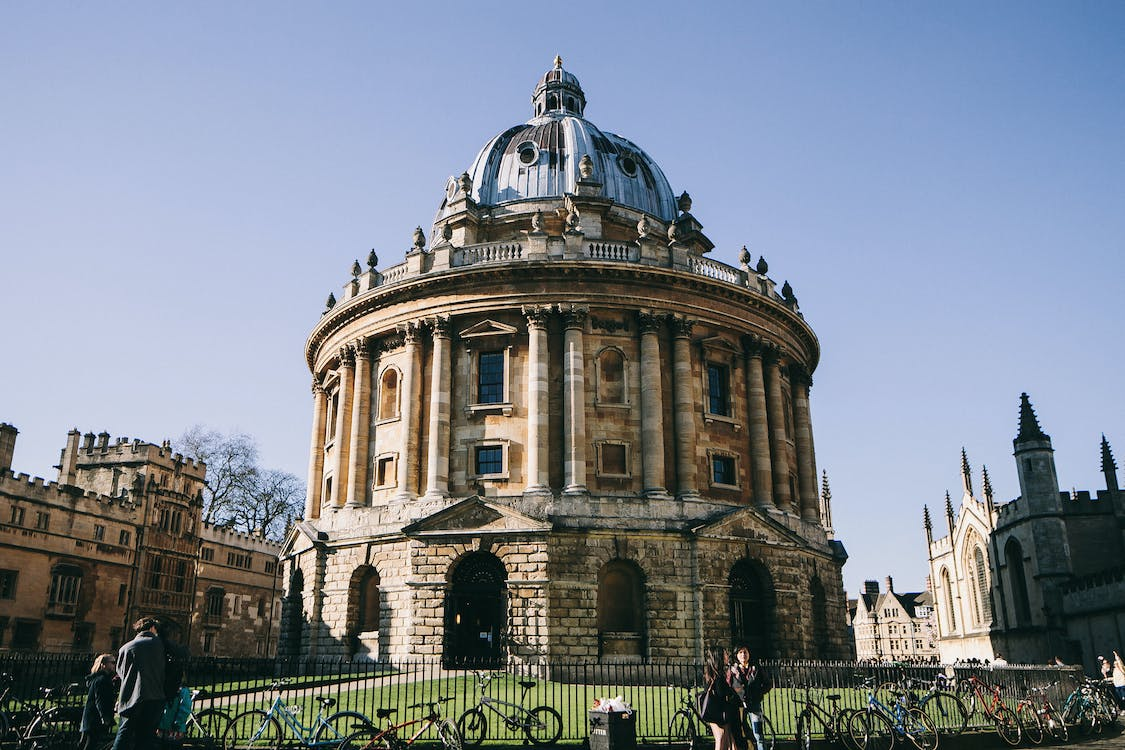
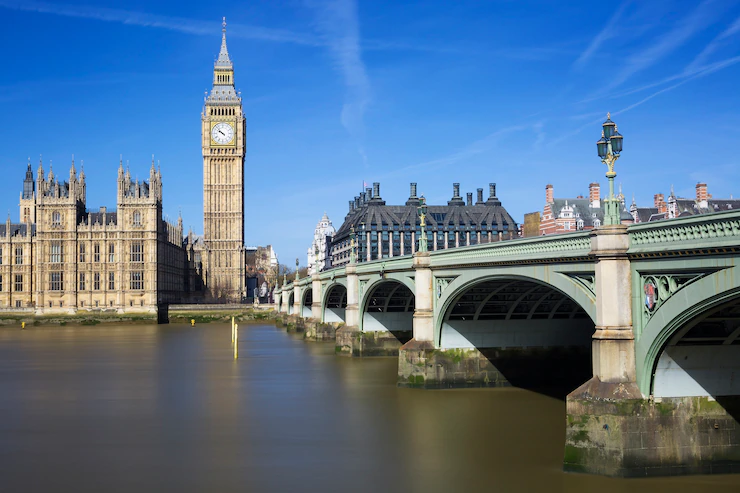








Universities in the UK are rightly regarded as the best in the world. The oldest universities (such as Oxford and Cambridge) do not lose their relevance due to the introduction of advanced methods and technologies, and many young ones learn from those centuries of experience, adhering to the quality mark of British higher education. 18 UK universities are in the Top 100 educational institutions of the world[1]. Such a reputation makes British graduates in high demand in the international labor market. To maintain high standards, UK universities are regularly evaluated by The Quality Assurance Agency for Higher Education (QAA).
Items 1-6 of 722
Advanced search| Type of study | Age | Duration | Min. cost per year | Avg. cost per year | Min. language level | Exam |
|---|---|---|---|---|---|---|
| Apprenticeship | 16+ | 1-6 years | Free | Free | B1 | IELTS 5.0 |
| Foundation | 16+ | 1 year | 10,593 USD/year | 18,537 USD/year | B1 | IELTS 5.0 |
| Undergraduate | 17+ | 3 years | 13,241 USD/year | 31,778 USD/year | B2 | IELTS 6.0 |
| Medical school | 17+ | 5-6 years | 29,130 USD/year | 41,046 USD/year | C1 | IELTS 6.5 |
| Master's | 20+ | 1 year | 13,241 USD/year | 22,509 USD/year | C1 | IELTS 6.5 |
| Doctorate | 21+ | 3 years | 19,861 USD/year | 26,481 USD/year | C1 | IELTS 7.0 |
These are the approximate costs for overseas students. UK and EU citizens are subject to a lower ‘home’ rate which depends on the location of the university. The maximum fees for each part of the UK are the following:
| Part of the UK | Max. undergraduate fee for EU citizens |
|---|---|
| England | 12,248 USD |
| Wales | 11,917 USD |
| Scotland | Free |
| Northern Ireland | 5,508 USD |
In Britain students apply for preparatory and undegraduate programmes through UCAS. Master’s and PhD applicants submit documents through the universities’ websites. A complete list of admission requirements is determined by each educational institution. Usually, universities independently assess student’s qualifications based on the certified translations, but in some cases a special statement of comparability with British equivalents from NARIC should be obtained.
For international students studying a preparatory course is mandatory. The programmes available are Foundation and A-Level. For a one-year Foundation, a certificate of complete secondary education corresponding to 11 or 12 years of study is required. Two-year programmes (A-Level) can be entered after 9-10 years of school. The language criterion here is usually lower than for bachelor’s, (IELTS 5.0-5.5).
For Bachelor’s an applicant should have:
The requirements for Master’s programmes are:
For PhD programmes a student may need:
The main types of educational institutions in the UK are:
All universities, university colleges, colleges of the University of London and some FE colleges are included in the list of recognized bodies. Degree courses may also be provided at listed bodies, but the degrees are still validated by a recognized body.
British universities can be divided by age and location. The groups are characterized by ambiguous definitions. Nevertheless, in most general terms, one can distinguish:
Old universities include:
Depending on structure, British universities can be unitary and collegiate. In the first case, a central university supervises all teaching and services provided by its educational units. The majority of UK universities adhere to this system. The first unitary university in England was the University of Birmingham. In collegiate universities, functions are distributed between a central university and a number of constituent colleges, for example, University of Oxford, University of Cambridge, Lancaster University, Roehampton University, University of London.
There are two types of colleges in the UK that are not tertiary education providers:
Colleges also provide Apprenticeships, which mean full-time training at the workplace with a rare attendance of classes. A student, called apprentice, earns a wage and gets holiday pay. Overseas students, however, are rarely enrolled in such programmes, as this requires getting a work visa.
There are 294 colleges in England. In total, they educate and train more than 2 million people[10]. On average, every UK college has 672 non-UK students. Among them, the most popular level of study is Level 3 RQF[11].
All UK universities are formally independent bodies. Unlike in America and other European countries, there are no government-owned universities.
However, almost all UK universities are public, which means that they receive part of the funds (30-90%) from the government. At the same time, they are largely autonomous and independently decide on the additional ways of generating income. Public universities vary in size from a few hundred to over 30000 students. Some are integrated into a city’s infrastructure, others have their own campuses.
There are only 5 private universities in the UK, which are not subsidized by the government: the charitable University of Buckingham and Regent's University London, and the profit-making University of Law, BPP University and Arden University. The majority tend to focus on subject areas such as Business, Management, and Law.
Private universities are believed to have more freedom and opportunities to support healthy competition and create programmes relevant to the needs of employers. Traditional public universities provide a general research-focused education with scientific research being a prerequisite for obtaining funding from the government, but having little relevance to the workplace[12]. Another advantage of private universities is individual pastoral care цшершт smaller student groups.
In Britain, there are three formal representative bodies for higher education providers:
There are also mission groupings with defined membership. The largest of them are:
There are no free universities in the UK. Moreover, international students (except for the EU citizens) have to pay several times more than the British. But there are many funding opportunities for both home (UK/EU) and overseas students provided by the UK government, individual universities, organizations, and foundations.
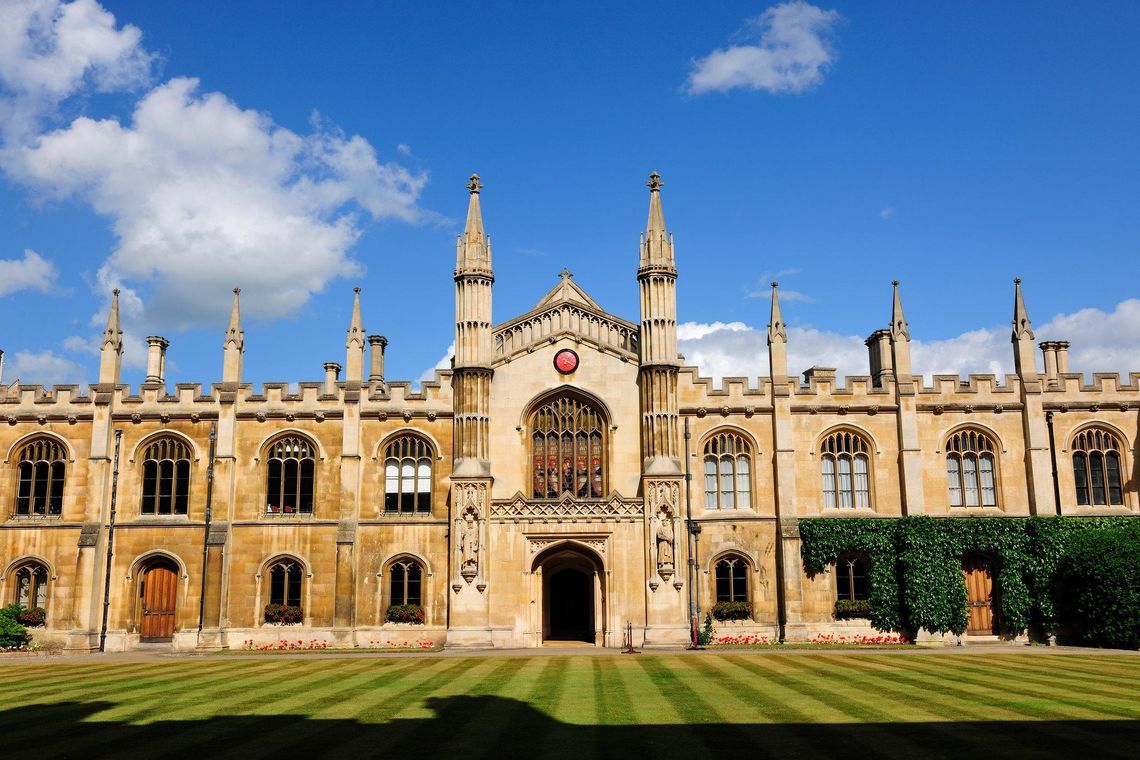
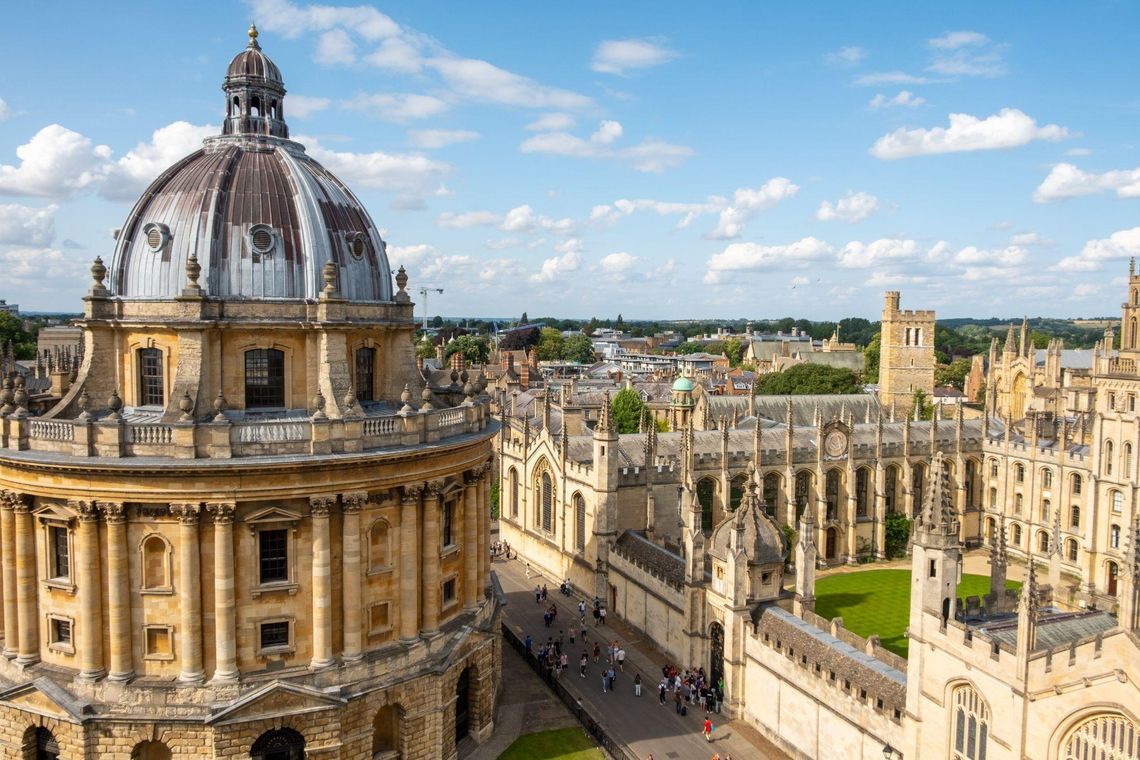

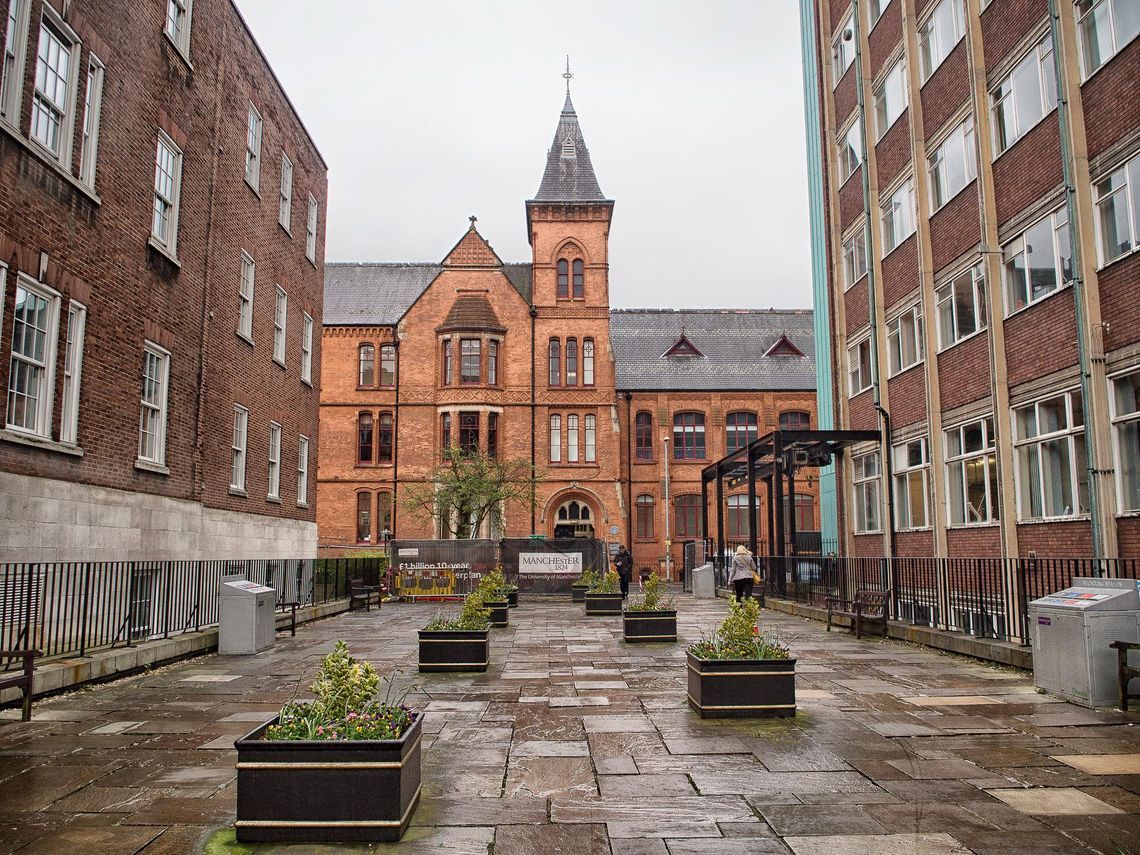
60+ countries
we work with
$1,000,000 saved
by students through scholarships
6,400 offers
our students got